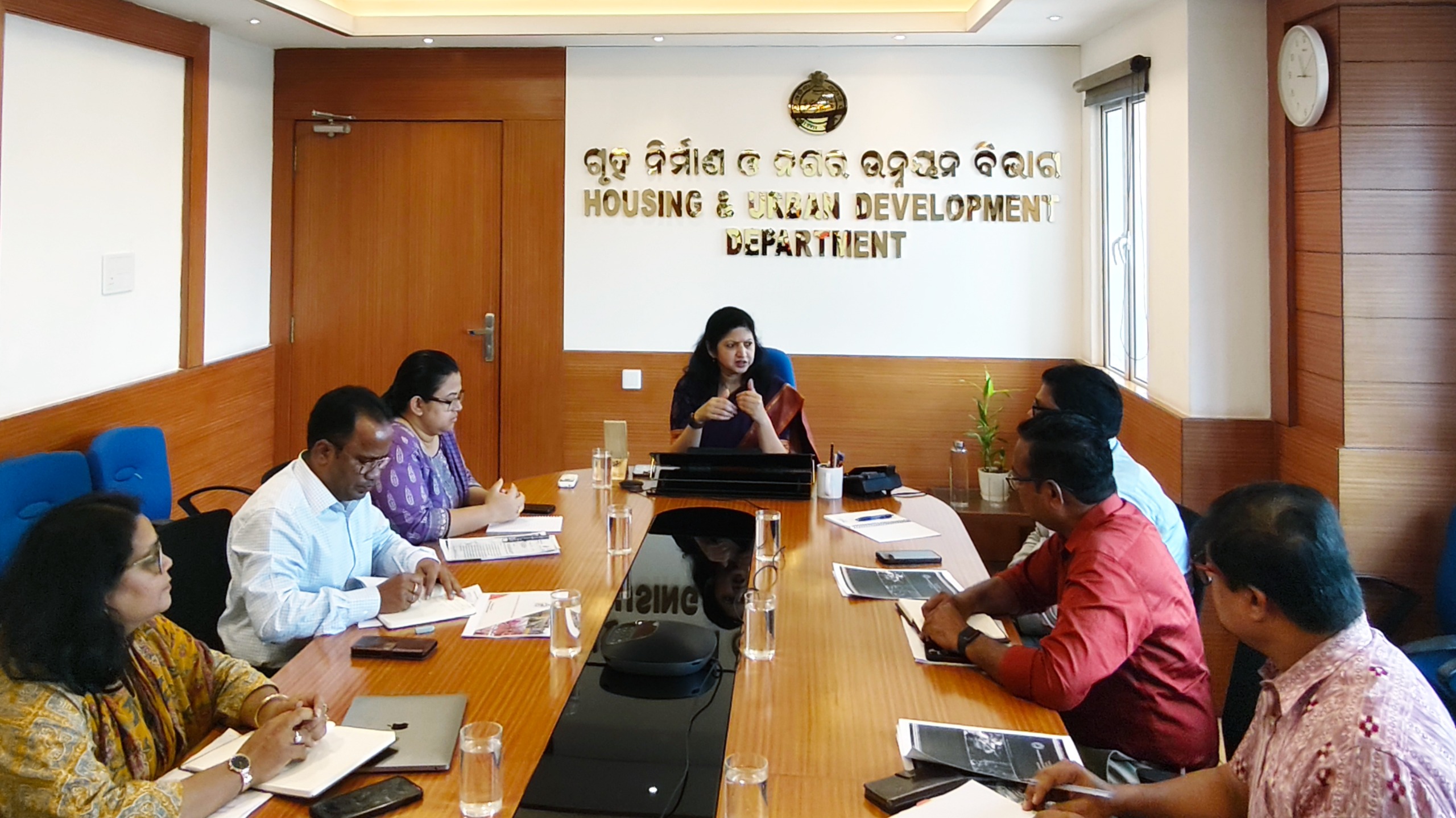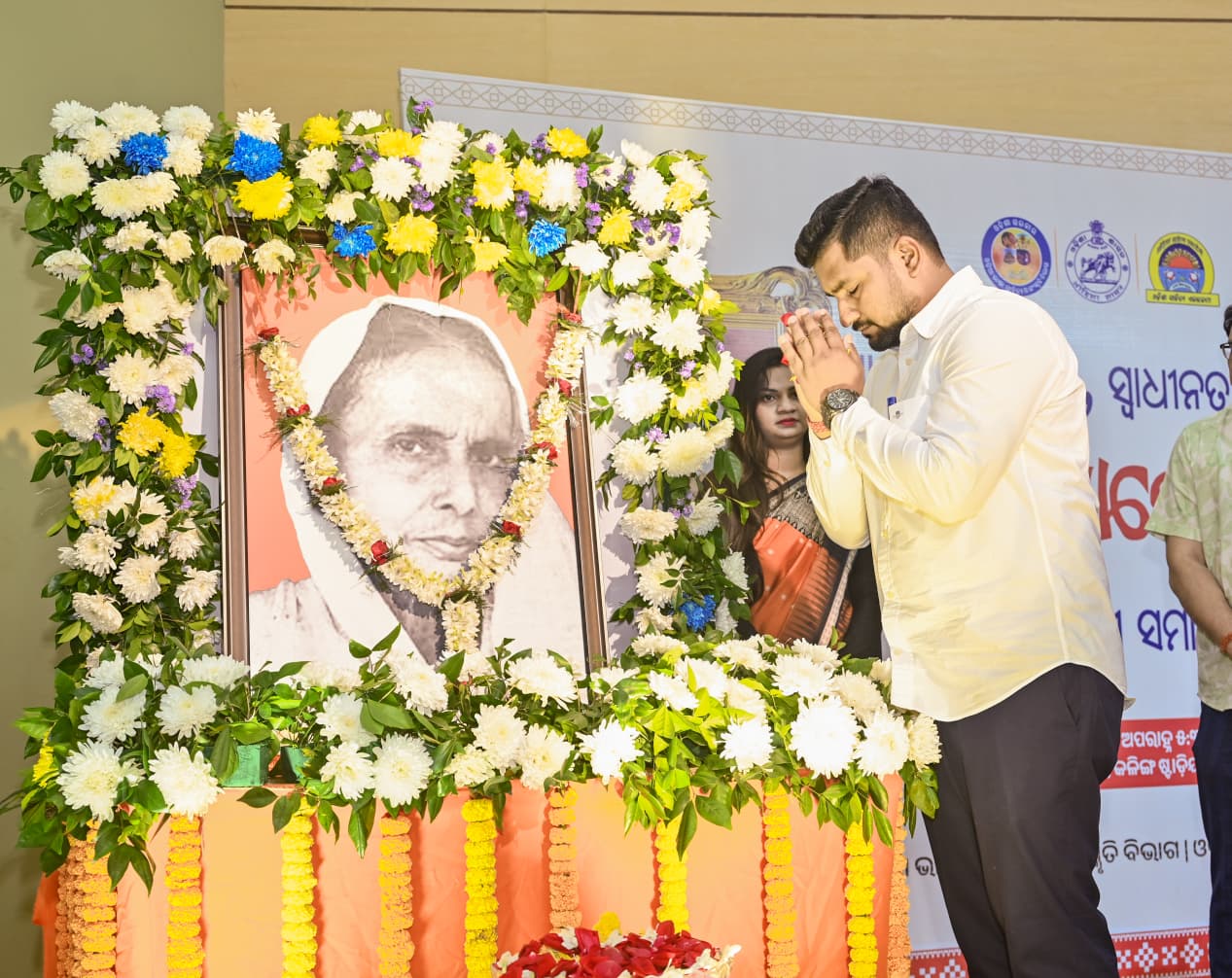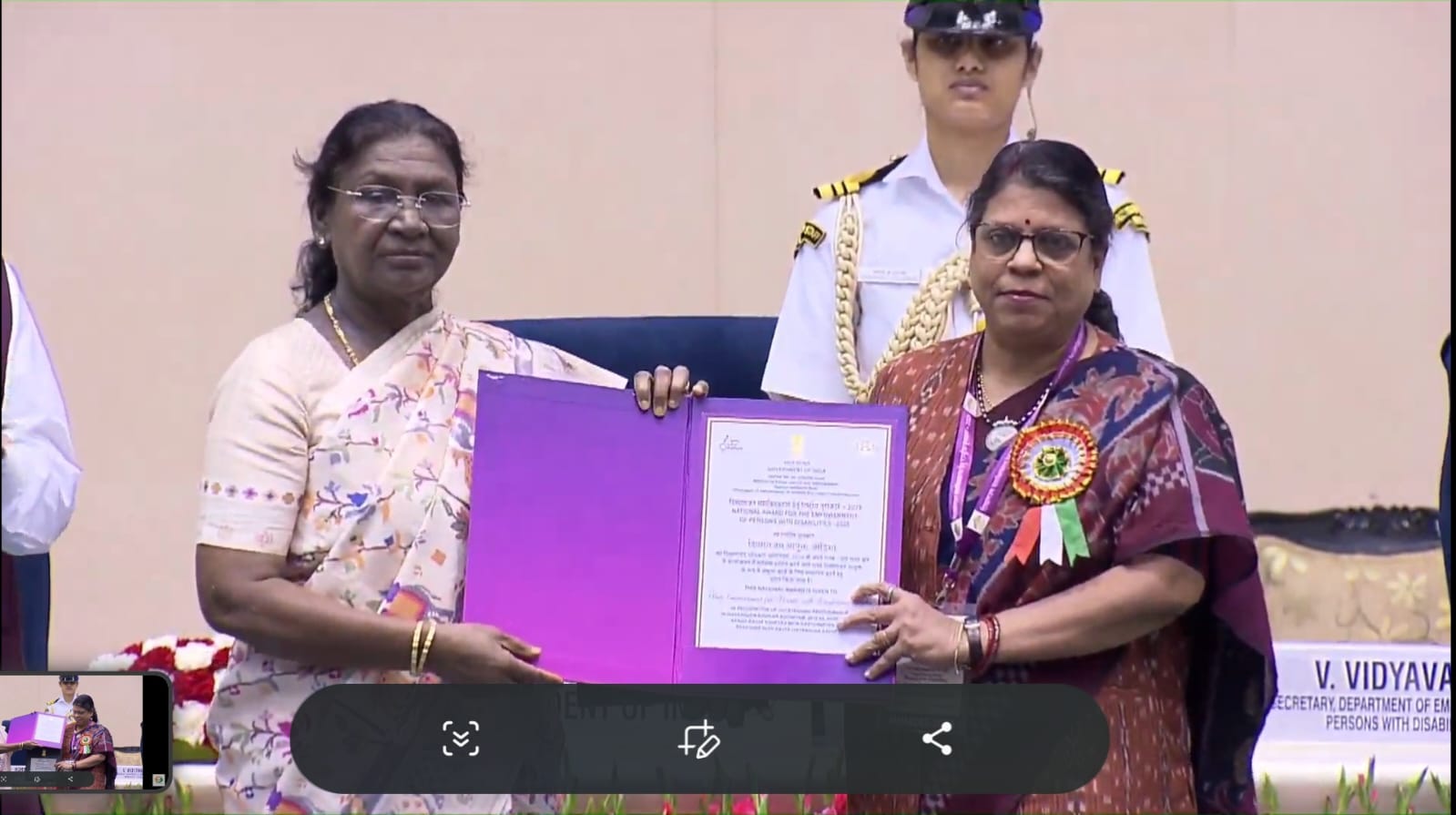Bhubaneswar:To enhance fish production and export, the Odisha government announced plans to establish an Animal and Fishery Science University. This move aims to strengthen the state’s position as a leading player in the fishery sector and to meet growing demand both domestically and internationally.
The announcement was made by Minister of Fisheries and Animal Resources Development, Gokulananda Mallik, during an event organized in Bhubaneswar to mark World Fisheries Day on Thursday. The minister highlighted that while Odisha currently produces 11.24 lakh tonnes of fish annually, it still needs to procure 33,000 tonnes of fish from other states to meet local demand. He noted that the per capita fish consumption in Odisha, at 18 kg, is significantly lower than in other fish-producing states.
“We are the fourth largest fish producer in the country, with an annual export of 2.92 lakh tonnes of fish and 84,000 tonnes of processed seafood. However, we aim to increase not only fish consumption in the state but also position Odisha as the highest fish producer in the country,” said Mallik.
He emphasized that the establishment of a dedicated university focused on fisheries and animal sciences would play a crucial role in achieving this ambitious target. The Fisheries and Animal Resources Development (F&ARD) Department has already submitted a proposal to Chief Minister Mohan Charan Majhi for approval.
In addition to the university, the Odisha government is also planning to set up an aqua park in Sambalpur. The park, which will be built on approximately 100 acres of land at Basantpur, will be developed with an investment of Rs 100 crore. The aqua park is expected to contribute significantly to the state’s fishery infrastructure and provide a boost to the sector’s growth.
This initiative is part of Odisha’s broader strategy to become a self-sufficient hub for fish production, reduce dependency on other states, and promote the export of freshwater fish over the next five years.




